Austria, known for its alpine landscapes, cultural heritage, and high standard of living, has long been an attractive destination for those seeking to settle in Europe. Securing permanent residency in Austria opens doors to long-term stability, work opportunities, and integration into one of the European Union’s most prosperous countries. In this guide, we will explore the eligibility requirements, available residency pathways, timelines, and key considerations for obtaining permanent residency in Austria.
Key Takeaways
Understanding Permanent Residency in Austria
Permanent residency in Austria provides foreign nationals with the right to live and work in the country indefinitely. It is distinct from temporary residence permits, which are typically granted for study, employment, or family reunification and must be renewed periodically. Permanent residency, also called the “long-term resident EU” permit, not only secures residence in Austria but also offers certain mobility rights across other European Union member states.
The main authority overseeing immigration matters in Austria is the local settlement authority, while policies are guided by national legislation and EU regulations.
Pathways to Permanent Residency
Several pathways lead to permanent residency in Austria, and the eligibility criteria vary depending on the applicant’s background.
Temporary Residence to Long-Term Residency
The most common route involves first obtaining a temporary residence permit, such as the Red-White-Red Card, student visa, or family reunification visa. After legally residing in Austria for five continuous years, applicants may qualify for the long-term resident EU permit, provided they meet integration and financial requirements.
Red-White-Red Card Holders
The Red-White-Red Card is Austria’s skilled migration program, targeting highly qualified workers, specialists in shortage occupations, and other professionals. After maintaining this permit and demonstrating successful integration, holders may transition to permanent residency.
Family Reunification
Foreign nationals married to Austrian citizens or permanent residents often apply through family reunification. This pathway allows spouses, registered partners, and minor children to gain residence. After five years of continuous stay, they can apply for long-term residency.
Students and Researchers
International students who complete higher education in Austria may remain in the country under a job-seeker visa. If they secure qualified employment and remain for the required five-year period, they can eventually transition to permanent residency.

General Eligibility Requirements
Regardless of the chosen pathway, certain eligibility requirements must be met. These include proof of continuous legal residence, stable financial resources, health insurance coverage, and accommodation that meets Austrian standards.
Applicants must also demonstrate integration, which typically involves German language proficiency at a B1 level. Certificates from recognized language institutions are required, and integration exams may be part of the process.
Timelines and Processing
In most cases, eligibility for permanent residency arises after five years of continuous legal residence in Austria. During this time, absences must be limited to ensure continuity of stay. Once the application is submitted, processing can take several months, depending on the local authority’s workload and the completeness of the documents provided.
Benefits of Permanent Residency in Austria
Permanent residency provides long-term security, allowing individuals to live and work in Austria without the need for repeated renewals. It also facilitates access to social benefits, education, and healthcare. Holders may travel within the Schengen Area without additional visas and can, in certain cases, pursue residence rights in other EU countries.
For families, permanent residency ensures stability in education for children and long-term settlement options. Over time, permanent residency also serves as a stepping stone toward Austrian citizenship, which typically requires ten years of residence.
Challenges and Common Mistakes
Applicants often underestimate the importance of the integration requirement. Lack of sufficient German language skills is a frequent obstacle. Additionally, incomplete documentation, such as proof of accommodation or financial stability, can delay approval. Another common mistake involves extended absences from Austria during the five-year qualifying period, which can disrupt eligibility.
Navigating bureaucracy can also be challenging, as requirements may vary slightly depending on the regional office handling the application. Consulting with immigration lawyers or settlement services often helps streamline the process.
Conclusion
Securing permanent residency in Austria is a structured but rewarding process that requires careful preparation, integration, and compliance with immigration laws. In this guide, we have explored the different pathways, from the Red-White-Red Card to family reunification and student transitions, as well as the eligibility criteria and common challenges applicants face. For those committed to building a long-term future in Austria, permanent residency offers not only security and stability but also the opportunity to fully integrate into one of Europe’s most vibrant societies.
Reference: https://www.migration.gv.at/en/types-of-immigration/permanent-immigration/





